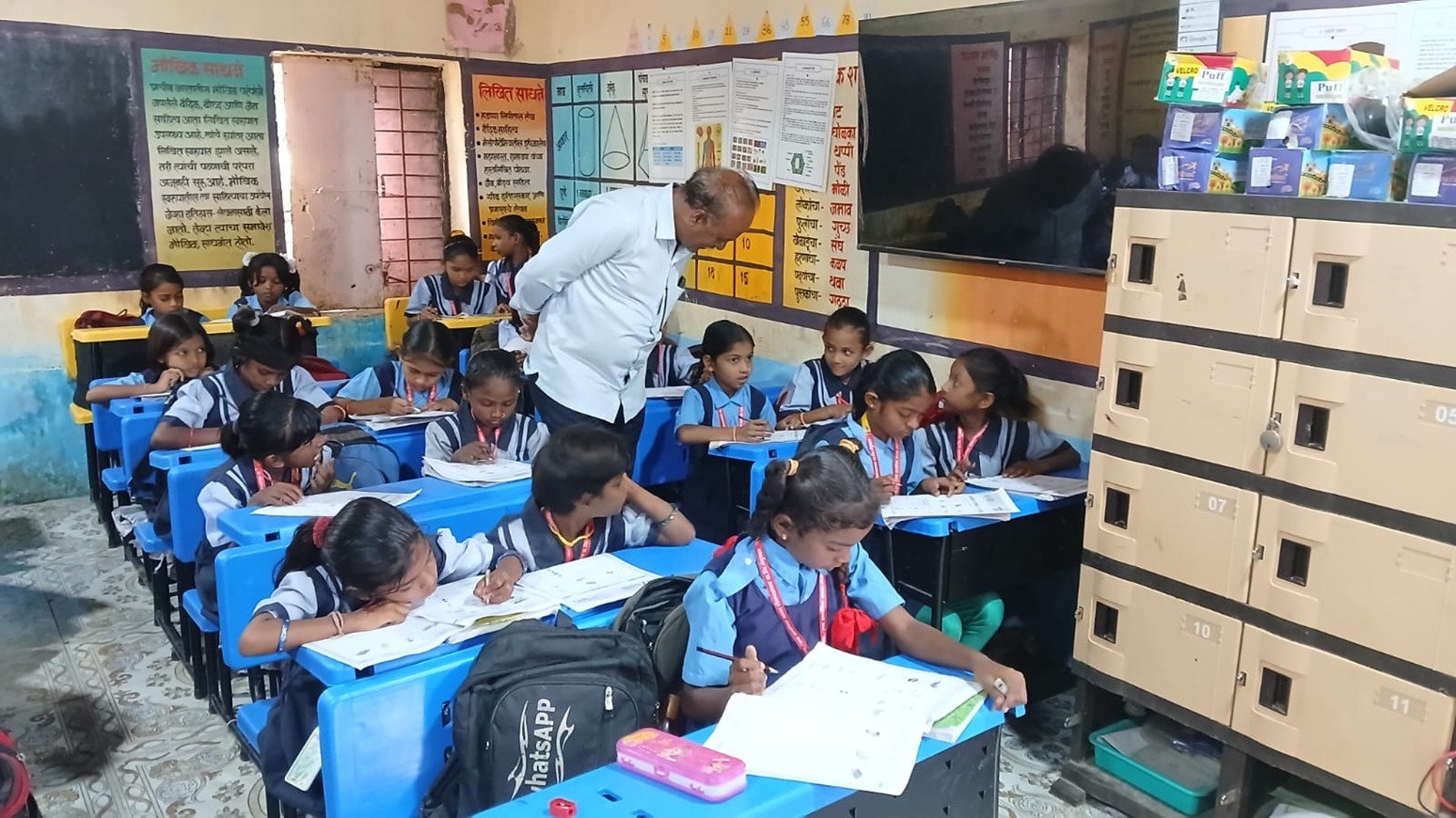Learning to Unlearn: Why the Best Students May Be the Most Stuck

We often celebrate the top scorers, the high achieving students who follow instructions, meet deadlines, and master exams. They are disciplined, dependable, and easy to teach.
But here’s the paradox: these very students are often the hardest to reach when it comes to deeper learning. What I have observed again and again is this: the more success a student has in the traditional system, the more they tend to trust it. They learn early on that there is one right answer, one correct method, one way to win. And so, they become excellent at following rules but hesitant to question them.
This creates a problem when we try to introduce a new way of thinking. Whether it is open ended inquiry, peer discussion, or creative problem-solving, the students who have always excelled in rigid, structured environments are often the most resistant. Not because they lack ability, but because they have so much invested in the old way of doing things.
They have been trained to perform, not to think beyond the frame. They ask, “What’s the correct answer?” instead of “What else could be true?” They look for the shortest path to approval, not the richest path to understanding.
In many classrooms I have worked with, it is the so-called average or struggling students who adapt more easily to new pedagogies. They have less to unlearn. They are not as bound to the old rules. When given space to think, reflect, and collaborate, they often surprise everyone, including themselves.
One approach reshaping this dynamic is ALfA-Accelerating Learning for All. ALfA flips the traditional model by placing children at the centre of the learning process through structured peer learning. In ALfA classrooms, children teach and learn from each other in pairs. This is not just a technique it is a shift in mindset. Children don’t wait to be told, they explore, explain, and discover together.
The results are remarkable. Children become more collaborative, creative, and confident. They don’t just recall information, they make sense of it, apply it, and communicate it. This model levels the playing field. Those who struggled in traditional classrooms often thrive here. Freed from the rigid top-down model, they engage more fully and progress faster.
This should challenge how we define academic success. A child who scores well but struggles with ambiguity, creativity, or dialogue is not fully prepared for the world outside school. The future will not reward those who simply remember well. It will reward those who can adapt, rethink, and respond.
And in today’s world, that is more urgent than ever. We now live alongside machines that can retrieve, summarise, and compute faster than any human. AI is doing what machines are built to do, process vast information, automate tasks, deliver answers in seconds. That is no longer the job of the student.
What children must learn now is how to use these tools wisely. They must know when to rely on machines, and when to go beyond them. We don’t need human versions of search engines. We need thinkers, questioners, ethical users of powerful tools.
Unlearning is not about discarding knowledge. It is about loosening our grip on rigid ways of thinking. And this is where our education system must evolve, by designing experiences that challenge even our top performers to let go of perfection and embrace possibility.
The goal of education is not to produce well-behaved machines. It is to shape responsive, resilient minds. And sometimes, that begins by asking even our brightest students to start over with curiosity, not certainty.